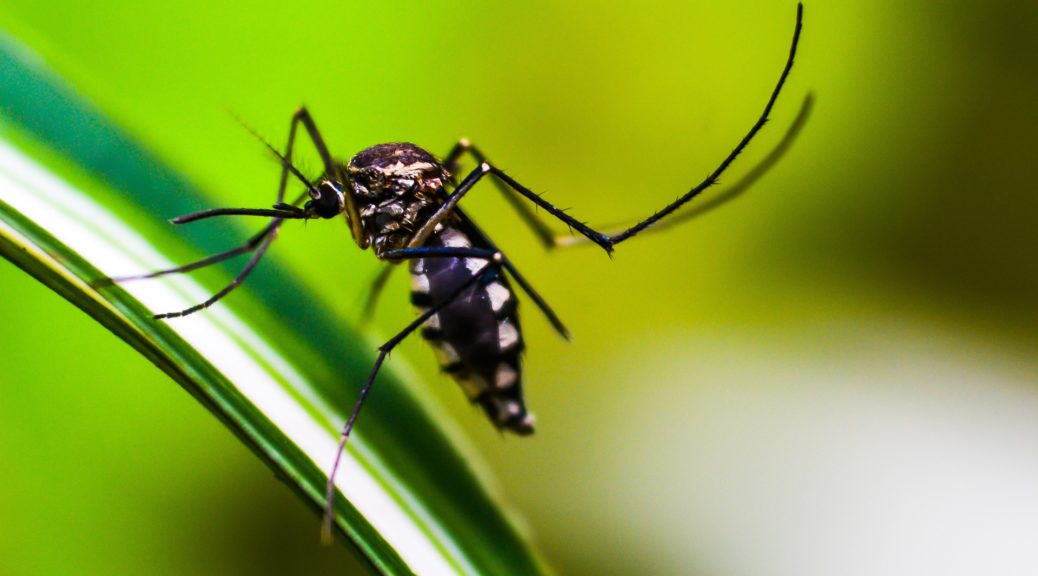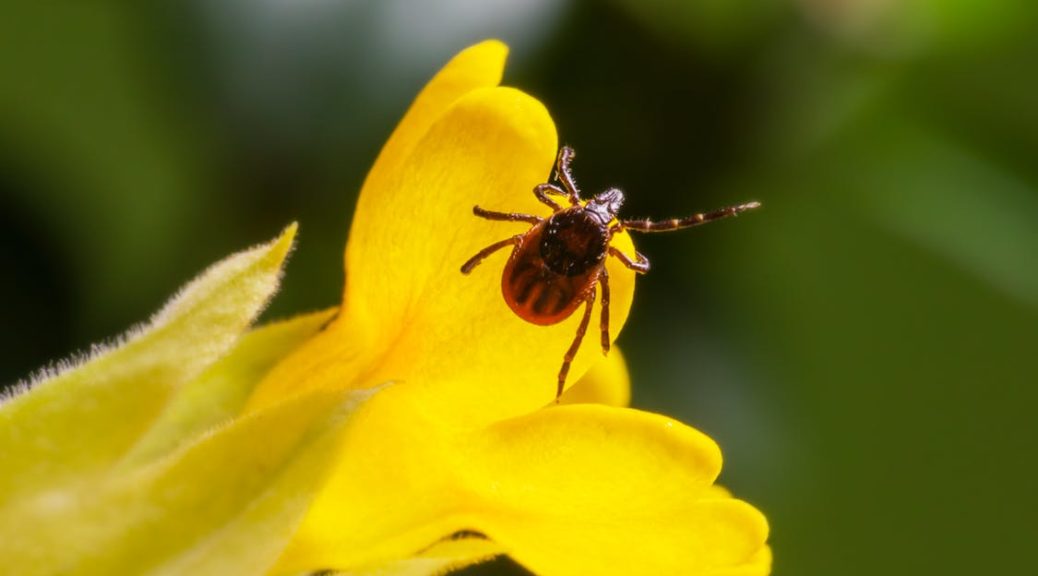What Is the Best Way to Treat Mosquito Bites?
Even with proper precautions, sometimes mosquito bites happen. Most mosquito bites are an itchy nuisance that can ruin your time outside.
When a mosquito bites you, it pierces the skin using its mouthpiece. This mouthpiece, called a proboscis, is long, skinny, and is used to collect blood that female mosquitoes need in order to lay their eggs. While the mosquito is feeding, it injects saliva into your skin. Your body reacts to the saliva which causes the signature bump and itching commonly associated with mosquito bites.
Some people have only a mild reaction to a bite or bites. Other people have “Skeeter Syndrome” which causes more intense reactions, and a large area of swelling, soreness, and redness occurs. You likely won’t need to see a doctor for a mosquito bite unless you develop other symptoms associated with mosquito-borne illnesses.
If you find yourself the unlucky recipient of mosquito bites, there’s a couple of simple tricks you can use to lessen the itch:
Don’t scratch. Mosquito bites can be extremely itchy, and it can be very tempting to scratch them. Scratching a mosquito bite can make you feel itchier. When you scratch, your immune system releases compounds that create even more swelling and itching.
Try a topical. There’s a variety of topical lotions that can be applied to help ease the itch of mosquito bites. Calamine lotion, which is made of zinc oxide, is one of the most used topicals used on mosquito bites. You can also try hydrocortisone cream. Keep in mind that topicals will wear off after a few hours, and when they do, the itchy feeling will return. You must reapply according to the product’s guidelines in order to continue to feel relief. Most topicals appropriate for mosquito bites are available over the counter at your local pharmacy.
Oral antihistamines. Taking an oral antihistamine can give all-over relief by calming your body’s response to histamines, the compounds that cause itching. Antihistamines can make you drowsy, so only take as directed or look for a non-drowsy formula designed to be taken during the day, like Claritin or Zyrtec.
Use ice. Cold acts as a vasoconstrictor, meaning it constricts the blood vessels. You can use this to your advantage by applying an ice pack to the area near mosquito bites. This will reduce the swelling and itching and give you temporary relief. Remember to wrap your ice pack in a soft cloth or towel before applying to the affected area, and don’t leave the ice pack on for more than 10 to 15 minutes at a time.
Use a teabag. Like ice, a tea bag soaked in cold water will reduce blood flow to the surface of your skin and reduce swelling to ease the itchiness of mosquito bites. Some teas may also contain compounds called tannins, which help reduce swelling. Put a teabag (preferably black tea as it contains the most tannins) in very cold water until the bag is fully soaked through. Squeeze the tea bag without tearing it to remove excess liquid and apply it to the affected area for 10 to 15 minutes. Repeat as needed.
As the saying goes, the best treatment is prevention. Having your outdoor space treated professionally for mosquitoes can improve your outdoor experience and help prevent itchy mosquito bites. Visit Mosquito Joe of Walpole-Waltham online or give us a call at 508-669-0271 to learn more about our treatment options and how we can make outside fun again for you and your family.






